
OR
Experts say WHO guidelines hindering expansion of test base
Published On: April 6, 2020 09:10 AM NPT By: SHREE RAM SUBEDI
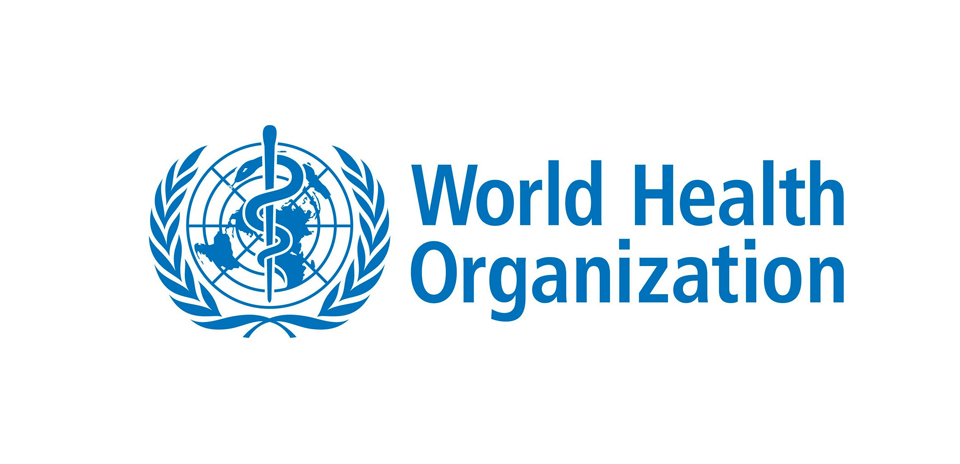
Doctors point out to the need of expanding the base of the test to include people with mild illness and those without any symptoms
KATHMANDU, April 6: As Nepal recorded the first locally-transmitted case of COVID-19 on Saturday, there is a growing concern about a likely outbreak should a mass testing campaign not be rolled out soon.
With Nepal's health system grappling to contain the spread of the deadly virus, experts have blamed WHO's case definition to be responsible for restricting the expansion of the test base in Nepal. The WHO emphasizes on carrying out related tests only when someone develops symptoms of the disease along with other cases like travelers coming from countries affected by the virus, contact tracing and special care and tests for vulnerable people above 60 years of age. However, the latest research has found that someone could be infected with the virus without developing any symptoms and could cause asymptomatic transmission to others.
“The government officials are exceedingly relying on every instruction from the WHO,” Dr. Anup Subedi, an expert on infectious diseases at HAMS Hospital, said. “There is a lack in our capacity to comprehend the situation locally and take decisions independently.”
“Saturday's local transmission would not have been detected if we had only relied on WHO's definition that emphasizes testing those people with symptoms,” Dr. Subedi added. “We are thankful that the infected woman was detected upon the proactive initiatives of the community and local government.”
Dr. Subedi also highlighted the need to expand the base of the test with the coverage of the people with mild illness and those without showing any symptoms, to the extent possible. The first confirmation that the novel coronavirus could be transmitted by asymptomatic people came in February, when a case study described a 20-year-old woman from Wuhan, China, who passed the coronavirus to five family members but never got physically sick herself, according to sciencealert.com, a website that covers the most important developments in the world of science and scientific research.
“It is up to us to set the priority and we have our own expertise on epidemiology,” said Dr Subedi, adding, “We can learn from the experience of China and South Korea, who did not wait for WHO's instructions before carrying out their decision related to mass tests.”
However, officials at the Epidemiology and Disease Control Division (EDCD), under the Department of Health Services, said that Nepal has already carried out hundreds of tests on those who did not show any symptoms. They argued that those 185 people rescued from China and placed under quarantine in Kharipati, along with other 94 passengers arriving from different airlines were tested, though they did not show any symptoms of the disease.
Director of EDCD Dr Basu Dev Pandey said that the WHO was an integral part of the government while dealing with the health crisis. “We should follow WHO norms, guidelines and advice, rather than advice from an individual or a hospital,” he said. However, he was quick to add that it was the government to take decisions on the basis of the WHO advice.
As of April 5, a total of 1,539 samples of COVID-19 were tested in different labs in Nepal, of which nine cases turned out positive. Polymerase Chain Reaction (PCR) test facility is now expanded to all seven provinces of Nepal, breaking the monopoly of National Public Health Laboratory from last week. On an average, only 70 sample tests are being done every day after Nepal declared a nationwide lockdown on March 24. As elsewhere in the world, Nepali labs employ PCR methodology which can detect tiny amounts of a virus' genetic material. The test takes at least 2 days to give result.
The government last week imported 70,000 rapid test kits from China to carry out mass tests for COVID-19. However, they are not being used currently as their validity was questioned.
For screening the suspected victims, Dr. Subedi suggests carrying out serology, for which the government can conduct over 70,000 tests with its current facilities.
“We should go beyond our emphasis on passive case findings and adopt a proactive strategy,” Dr. Subedi added. “If China, South Korea had waited for WHO instructions, they would not have been successful in expanding the test base and contain the virus in its source.”
Tribhuvan University's Professor Shiva Raj Adhikari, who has specialized in health economics, points out to the failure of coordination to maximize the use of the available lab facilities in the country. He suggested that the PCR lab in Kirtipur Campus, NAST, and other private labs can be utilized to carry out PCR tests for COVID-19.
“We know the limitations of our health system, yet we should optimize the use of existing facilities before the situation goes out of control,” said Adhikari.
Meanwhile, a highly placed official at the Health Ministry questioned the decision of the cabinet on Saturday to conduct rapid tests in Kailali, Kanchanpur and Baglung with the recently imported test kits from China.
“If we carry out the rapid test with these unreliable test kits, it would be of no-use,” the official said, adding, “Even if we employ the rapid test, there is a likelihood that a simple common cold could give positive results and that could create panic. Nepal should not be a guinea pig for such an experiment.”
You May Like This
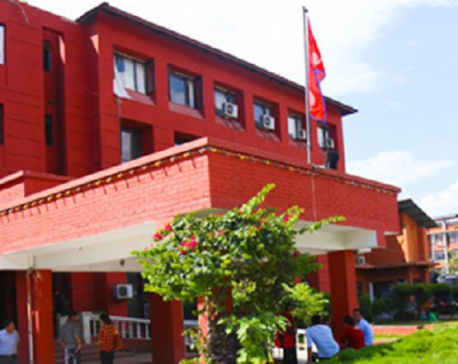
Govt preparing to conduct rapid mass testing in three districts
KATHMANDU, April 6: The Ministry of Health and Population (MoHP) is preparing to conduct rapid mass testing for Covid-19 in... Read More...
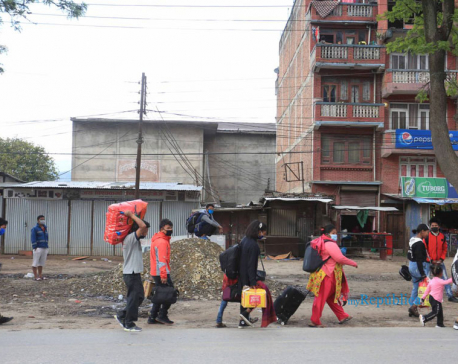
Trust the local governments
The Constitution of Nepal-2015 has allocated the power of state among one federal government, seven provincial and 753 local governments,... Read More...
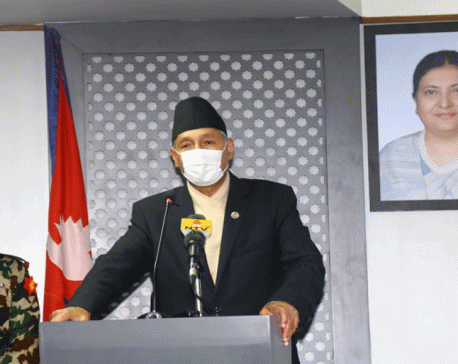
Govt tightens lockdown measures as COVID-19 crisis enters second phase
KATHMANDU, April 5: The government has further tightened the measures against coronavirus as the crisis entered the second phase with... Read More...




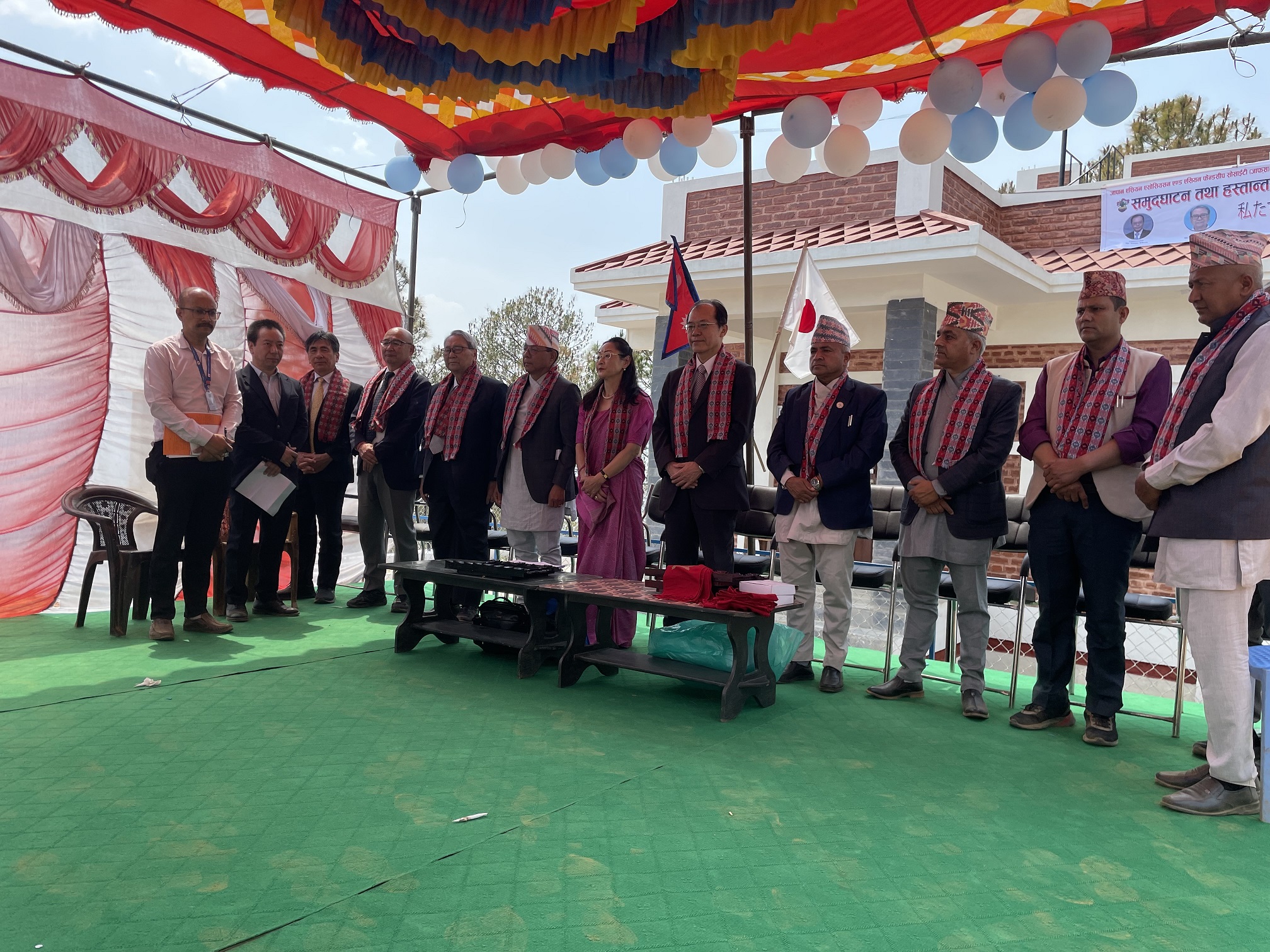
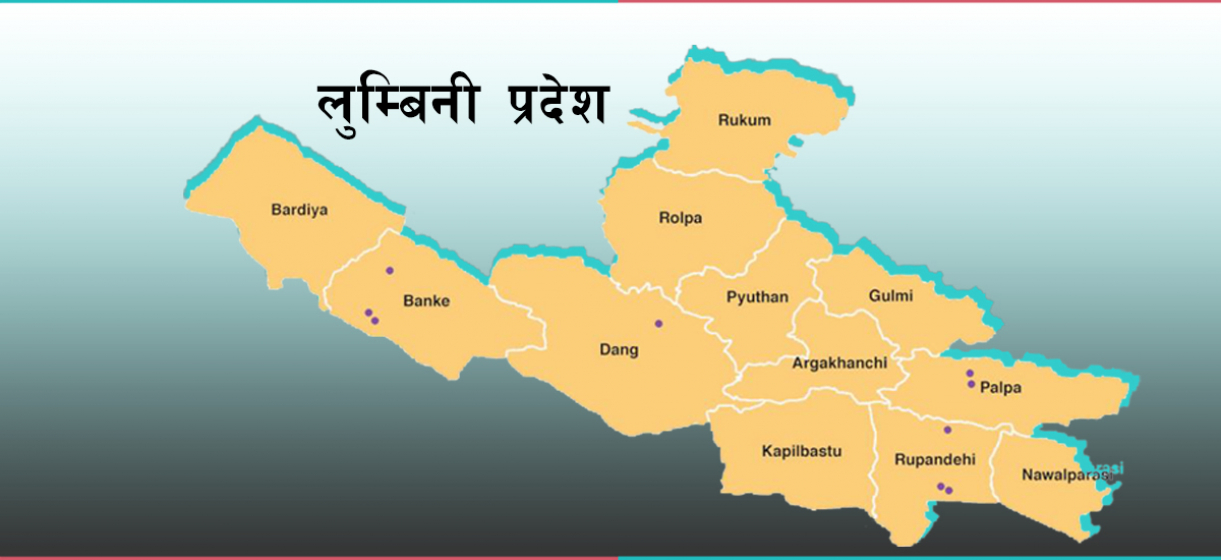
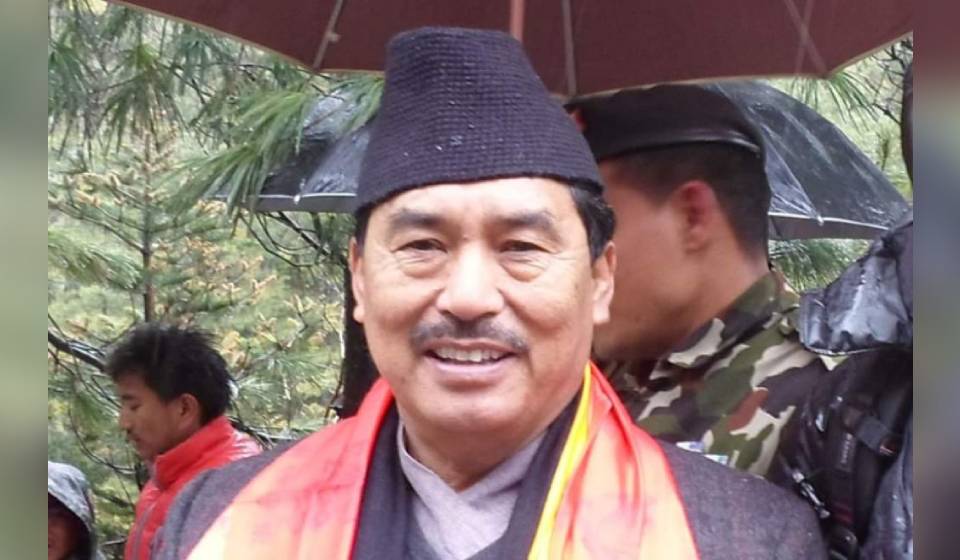


Just In
- Jhapa road mishap update: Three deceased identified
- Japan hands over Community Center for Disaster Prevention to Indrawati Rural Municipality
- Lumbini: Seven ministers gain portfolios
- NC lawmaker Gurung’s suspension lifted
- Homicide accused arrested after 17 years
- Karnali: Maoist Center’s Pariyar appointed as minister without portfolio
- Illam by-election: Nepal-India border to be 'sealed' from midnight today
- Gold price rises by Rs 500 per tola








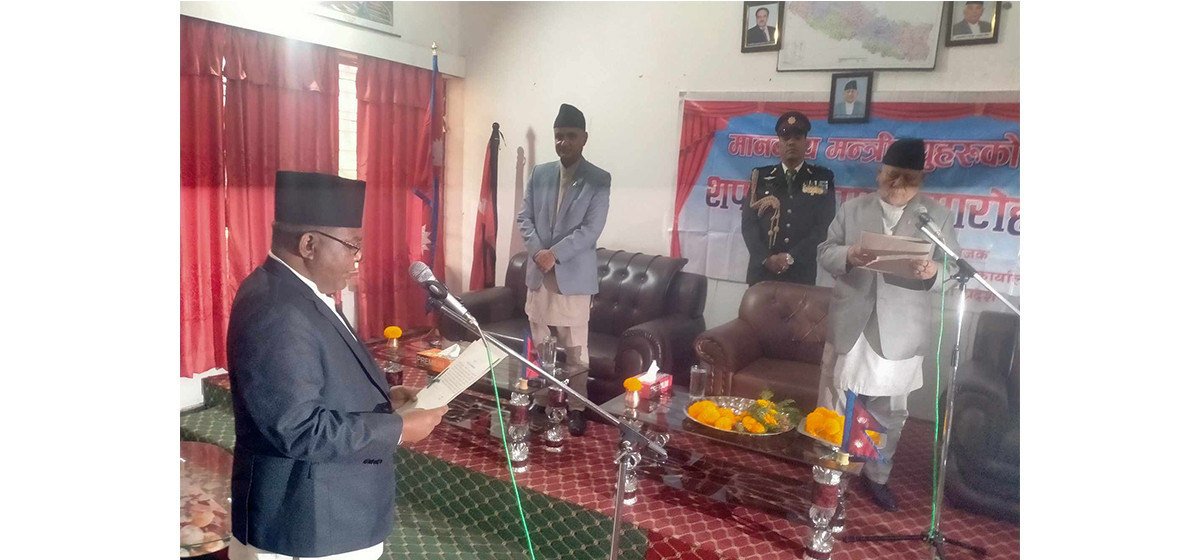

Leave A Comment